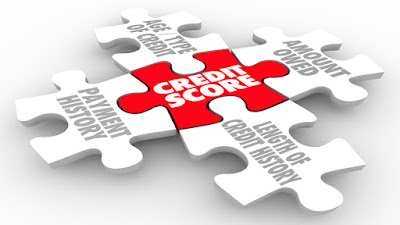Securing a good interest rate and qualifying for a home require a good credit report. That’s easier said than done, especially for today’s millennials who are often weighed down by student loan debt. Here’s a four-step approach to building a strong credit history.
Types of credit
Debt falls into two categories: revolving and installment. Revolving accounts include credit cards or cards to specific stores. These accounts give a maximum limit that you can borrow. You’ll then have a minimum payment every month that goes toward the principal and interest.
Installment accounts refer to a fixed loan amount, paid back in scheduled payments over a specific number of months. Car loans, mortgages, student loans, personal loans – payments on these regularly reduce the principal amount, which eventually results in full repayment. Revolving debt typically carries higher fees and interest rates than installment accounts.
Step 1: Establish and maintain your credit history
Yes, you need credit, and you need credit in order to get more credit and higher limits. First-time borrowers may be required to start with a “secured” credit card. Secured means you put money in an account like a certificate of deposit and in return, the bank gives you a credit card. If you put $250 down, then your credit limit is $250. Many experts recommend using this type of card for all your gasoline purchases and then paying the balance in full each month. The longer your accounts are open and in good standing, the stronger your credit history will be.
Step 2: Pay on time
Your credit history also will reflect your timeliness in repayment. Late or skipped payments will bring your score down and can remain on your report for a number of years. In addition to the ding on your report, late or skipped payments may also bring stiff financial penalties. Credit cards companies may increase your interest rate after missed or late payments and charge late fees. Car loan companies may repossess your vehicle. The interest on student loans continues to accrue when you fail to make payments. All of these scenarios make the debt more expensive for you and harder to catch up. A history of on-time payments, on the other hand, tells a mortgage lender you’re likely to pay your mortgage on time, too.
Step 3: Don’t max out
Part of your score is based on how much of your available credit you actually spend. Using all of your available credit may be interpreted as relying too heavily on debt.
Step 4: Pay down your balances
Lenders look for diligence at reducing your debt over time. Using the above tip with a small card that you pay completely each month shows you can budget and plan your spending. Keeping high balances that carry over from month to month indicates a tendency to over-spend your income. If you find yourself with a high balance because of an unforeseen expense, it’s crucial to work steadily toward eliminating the debt, paying more than the minimum required payment each month.
These tips also work for rebuilding damaged credit but are especially important for younger millennial adults to set themselves up for success.
Related – Before the House Hunt Begins, Fix Your Credit

